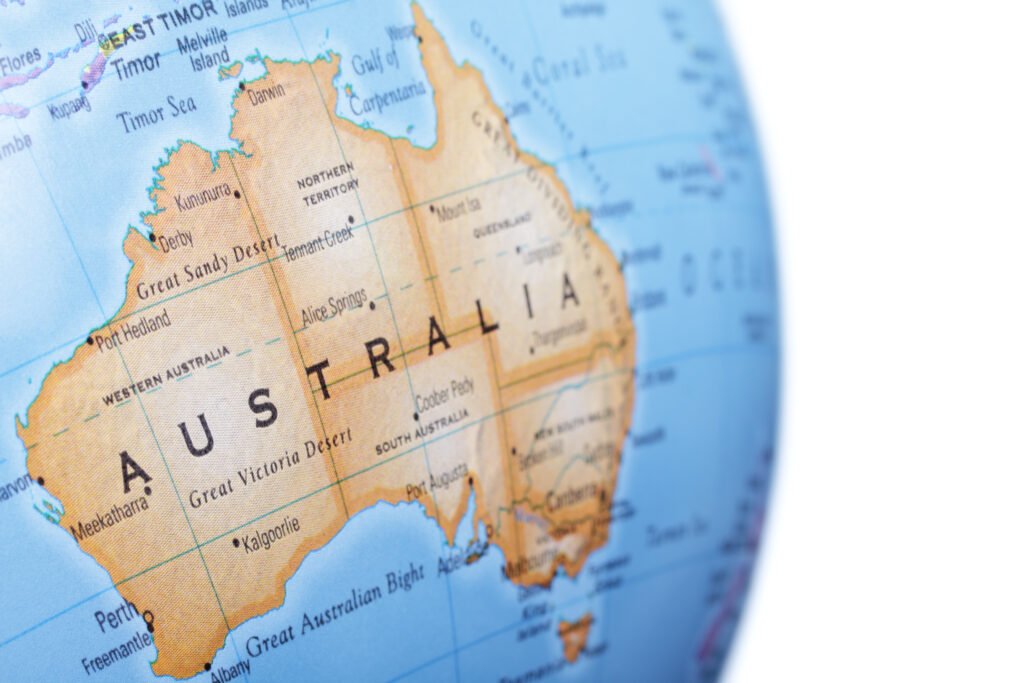Australia’s Circular Economy Ministerial Advisory Group released its final report “The Circular Advantage” on December 18, 2024, presenting actions the Australian government should take towards transitioning to a circular economy. The report presents 14 recommendations for Australia’s transition to a circular economy and 12 sector-specific recommendations (built environment, food and agriculture, resources, water). The report emphasizes the need for government, industry, and communities to collaborate while integrating First Nations knowledge to achieve an inclusive and place-based circular economy transition. It also introduces a new national circular economy policy framework to determine the basis and direction of Australia’s circular economy transition and catalyze action from industry, government, and researchers. Furthermore, it presents the development of circular economy legislation that includes clear, adaptable, and predictable regulatory frameworks to improve the environmental performance of products entering the market.
Background
Australia’s Circular Economy Ministerial Advisory Group was established in February 2023 to advise the Australian government on opportunities and challenges in Australia’s transition to a circular economy. Since its establishment, the group has held seven thematic meetings over two years, consulted with 11 ministers and more than 250 stakeholders, and presented barriers, trends, and opportunities related to Australia’s circular economy. The group published an interim report in April 2024, which summarized preliminary advice to the government.
14 Recommendations
The 14 recommendations presented in the newly published report are as follows:
1. Introducing a new National Circular Economy Policy Framework
2. Mainstreaming circular economy principles in policies and programs
3. Recognising First Nations peoples and Knowledge systems
4. Legislating for a circular future: a Circular Economy Act
5. Harmonising circular economy rules to boost productivity
6. Using public procurement to grow and diversify markets
7. Partnering internationally
8. Unlocking Australia’s competitive innovation edge through the circular economy
9. Embedding circularity in sustainable finance and corporate strategies
10. Giving industry a front door to circular economy expertise
11. Defining and building skills in the existing and emerging workforce
12. Supporting place-based transformation: regions, remote, precincts and regeneration
13. Partnering with First Nations enterprises, people and communities
14. Empowering consumers and communities by building circular economy literacy
The following outlines recommendations 1, 3, and 4.
1. Introducing a new National Circular Economy Policy Framework
Develop a new national circular economy policy framework to determine the basis and direction of Australia’s circular economy transition. This framework should clearly indicate ambitious yet achievable goals and priorities for government, industry, researchers, and others to address. It must reflect Australia’s need to keep pace with or exceed other countries to maintain competitive advantage, and the urgency to take action. Ambitious goals should include clear indicators to track progress. This will allow public and private sectors to adjust strategies as needed. The framework should also promote virgin material recovery in early life cycle stages, extended use of materials and products in middle stages, and recovery of materials and products in final stages.
Australia’s National Waste Policy Action Plan includes the goal of “achieving an 80% average resource recovery rate from all waste streams by 2030,” but to achieve a true circular approach, focus must be placed further up the waste hierarchy, prioritizing waste avoidance and prevention through product and system design. To promote these, Australia’s material footprint and consumption need to be reduced, and it is recommended to base Australia’s circular economy goals on three indicators: (1) material footprint, (2) material productivity, and (3) resource recovery rate.
3. Recognising First Nations peoples and Knowledge systems
Australia’s circular economy must recognize First Nations rights and consider their knowledge systems and practices. They have understood land, water, and biodiversity for tens of thousands of years, and practices such as controlled burning and traditional water and land management contribute to maintaining natural systems and strengthening resource circulation. These are uniquely Australian approaches, and by valuing and strengthening First Nations communities and businesses and integrating their knowledge systems and practices, a circular economy reflecting Australia’s identity can be realized. This leads to caring for the land, fostering resilience, and shaping a sustainable future for all citizens.
4. Legislating for a circular future: a Circular Economy Act
Develop a “Circular Economy Act” that provides a comprehensive and integrated regulatory framework for circular economy transition. This must include reasonable and proactive measures to regulate the environmental performance of raw materials and products, including imports, in line with the National Circular Economy Policy Framework priorities. The law’s priorities include:
- Incorporate clear objectives and circular economy principles.
- Set product design rules similar to the EU’s “Ecodesign for Sustainable Products Regulation (EU) 2024/1781” and establish a clear framework for displaying their environmental performance. These design rules will enable setting product circularity requirements including durability, repairability, recyclability, and presence of chemicals of concern.
- Build a regulatory framework for product stewardship focusing on mandatory participation, reporting, measurement, and governance.
- Mandate corporate disclosure of resource efficiency and waste information, including disposal of unsold products.
- Mandate product stewardship and extended producer responsibility (EPR) for primary materials and their streams.
- Develop a work plan explaining how priority products will be determined and regulated, including a more strategic and targeted approach to EPR.
- Provide consumers with more information about products’ environmental performance and circularity. The initial focus will be on durability and repairability for consumer electronics and appliances, with circularity performance for other products such as textiles, batteries, and furniture to be added.
Implementing these priorities will require work plan implementation, effective monitoring, and ensuring compliance. The regulatory framework can be achieved through new legislation or amendments to the 2020 Recycling and Waste Reduction Act.
Reference
The newly published final report and interim report can be downloaded from the following URL.
https://www.dcceew.gov.au/environment/protection/circular-economy/ministerial-advisory-group
 Australia’s Circular Economy Ministerial Advisory Group Releases Final Report with Recommendations for Achieving a Circular Economy
Australia’s Circular Economy Ministerial Advisory Group Releases Final Report with Recommendations for Achieving a Circular Economy 

























